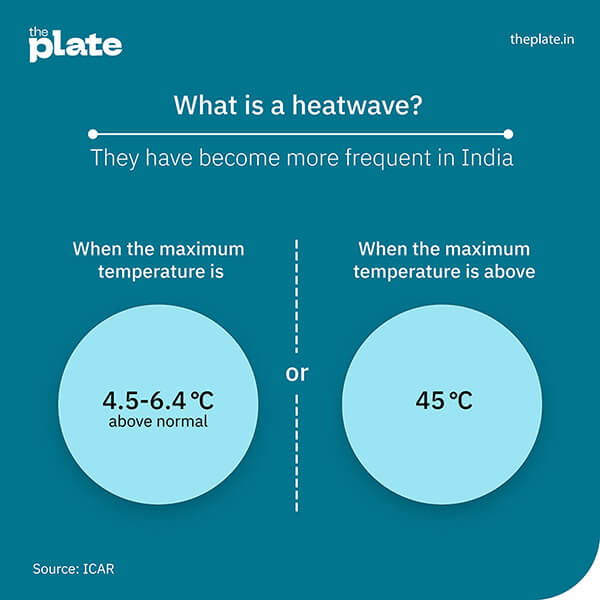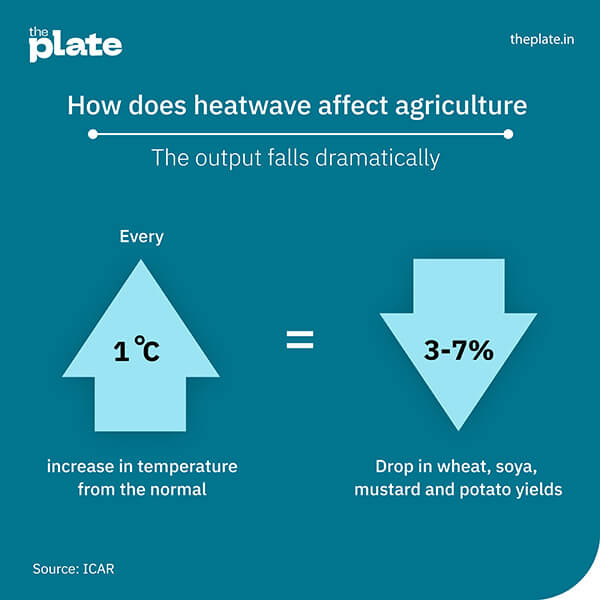Re-evaluating Green Revolution: ‘Why is Punjab growing rice when the state’s ecosystem is not suited?’
Posted on April 26th, 2023
The Green Revolution was a landmark event in the 1960s and 1970s through which Independent India was able to grow enough food to feed its citizens for the first time. By adopting high-yielding varieties, extensive use of fertilisers, pesticides and new irrigation methods, India was able to dramatically increase its food production from 72 million tonnes in 1965 to nearly 325 million tonnes in 2023.
Since the Green Revolution, the practices it promoted have become the norm in Indian agriculture. At the same time, this resource and chemical intensive agriculture has created several problems such as depleting soil health and groundwater. The excessive focus on rice and wheat resulted in the neglect of nutritionally and economically important crops such as millets, pulses and oilseeds.
The Plate’s Aarthi Ramachandran spoke with PS Vijayshankar, an expert in sustainable agriculture and water resource management, to understand the historical background of the Green Revolution, its consequences and current-day reassessments.
Vijayshankar is a co-founder of Samaj Pragati Sahayog, an NGO based in Madhya Pradesh. He has spent close to three decades working with adivasi communities in the Narmada valley, and written extensively on issues related to farming in rainfed regions. He was a member of the Planning Commission’s working groups and part of the Steering Committee for the Integrated Watershed Management Programme of the Rural Development Ministry from 2009 to 2014.
Q1
What was the historical background to the Green Revolution? There is a lot of criticism of it being an American project to stop the spread of communism in Asia, specifically South Asia.
In the 1960s there was a genuine problem of food shortage in India. We sometimes tend to forget history. In 1943, there was the big Bengal famine. An estimated three million people died. During the Partition in 1947, there was a huge influx of refugees from Pakistan. These were the emergencies the newly formed national government had to address. It was also the cold war era, with growing tensions between the US and the Soviet Union. Then skirmishes with Pakistan: a limited war in 1948 and another full-fledged war in 1965; the war with China in 1962. It was a very turbulent period.
So the policy makers really thought that if they didn’t do something, the Bengal famine might repeat. Between 1950 and 1960, food production did grow significantly at 2.6% annually. However, the wars and back-to-back droughts towards the middle of 1960s disrupted the process. India received a lot of advice from US non-governmental aid organisations Rockefeller Foundation and Ford Foundation, who may have had an agenda, but that agenda had a resonance in the national conscience. It’s a very complex picture. So one-sided stories saying it was an imperialist conspiracy, or a great success of nationalist impulse are both a bit wonky and incorrect. Truth is somewhere in the middle, as always.

Q2
Beyond the high-yielding varieties of seeds and fertilisers, the Green Revolution also saw the setting up of many institutions. Can you speak about that?
Those are important things. Rather than seeing the Green Revolution as an event, I would see it as a process; a way of doing agriculture. The whole set of institutions that we now associate with the Green Revolution did not all come up all at once. Along with the Green Revolution, fertiliser and pesticide companies were encouraged and capacity for domestic production was created. Many new agriculture universities were created for research on crops. Krishi Vigyaan Kendras (KVKs) were set up. Most importantly, the public extension system, that took the modern inputs – fertilizers, seeds and pesticides – to the farmers, was put in place. The Food Corporation of India (FCI) was established earlier but became a strong organisation, engaged in public procurement, later. Bank nationalisation in 1969 led to opening of many more rural branches. The whole architecture came together by the mid-1970s, and has become the primary means of bringing about agricultural transformation in India.
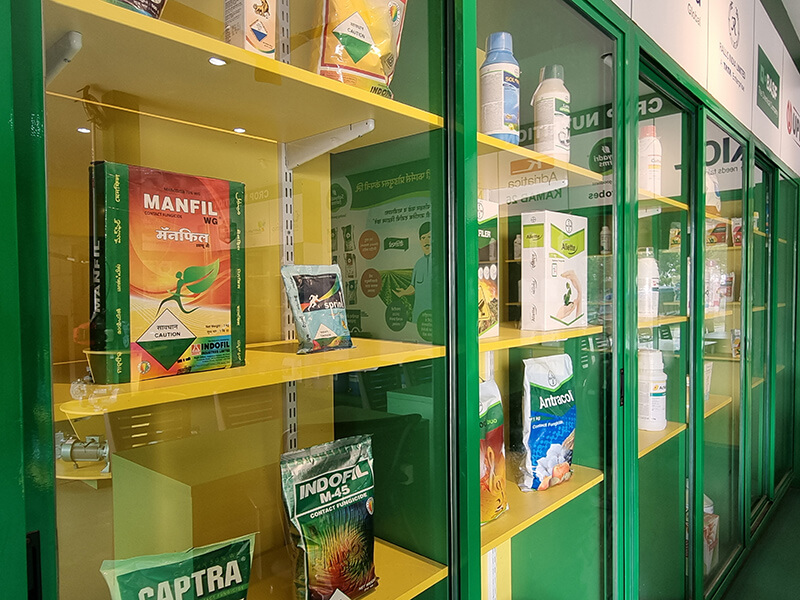
Q3
MS Swaminathan, who is seen as the father of the Green Revolution, has written that it was restricted to northwestern India. How is it then that today when we speak of the Green Revolution, we think of it as having taken place in the whole country?
It depends on how you look at it. If you think of it as an event that happened in the mid-1960s, then it was mostly confined to the northwest and southern parts of India. If you look at it as a way of doing agriculture, as a process, then what happened in the mid-1960s triggered a chain of events that established a high-input model. That model continued and was taken to different places and introduced to different cropping systems over a period of time.
However, there have been real physical constraints to the expansion of the green revolution approach, because water is important for many of these technologies. In 65% of India, which is underlain by hard rocks, water access is difficult. In such places the technologies introduced by the Green Revolution will not work easily. Therefore, we must be open to incorporating local variations and innovations, including those practised by farming communities.
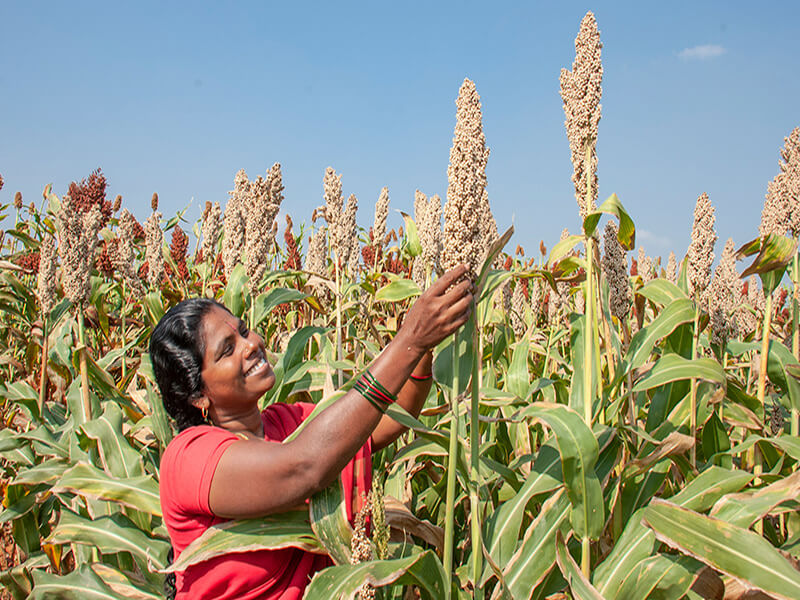
Q4
What different approaches could have been adopted in the 1960s when the Green Revolution was launched?
You mentioned MS Swaminathan’s observation that the Green Revolution was confined to northwest India and a few other places. But that was not an accident, it was a choice. The technology that they chose, hybrid technology in terms of seeds, fertilisers and choice of crop, needed water. They could do it only in places where assured water was available. The crops chosen were also limited – basically rice and wheat.
Today we are saying the productivity of other crops, such as millets, is low. But is low productivity a function of lack of investment? If you had focussed on pulses or millets and invested an equal amount of time and energy in them, they too would have seen crop system improvements.
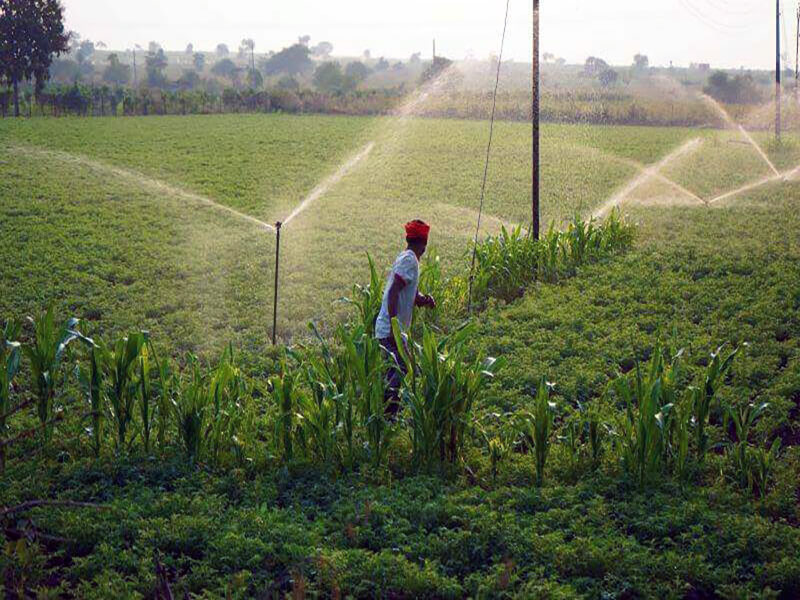
Q5
Which brings us to reassessing the Green Revolution. How is the Green Revolution critiqued today?
People were not aware of the ecological consequences of the Green Revolution earlier. Now there is an understanding that if you put too much fertiliser into the soil, soil quality is degraded. Too much groundwater extraction leads to the depletion of water levels. If you focus on only one crop, crop diversity and hence biodiversity goes down. Excessive use of what the Food and Agriculture Organisation has called “highly hazardous substances” (HHS), like chemical pesticides, threaten the safety of the entire food system.
So the criticism of the Green Revolution today is from an ecological point of view. Of its ‘extractive perspective’ or where natural resources are seen as primarily for extraction and use by humans. Opposite to that, there is an ecosystem perspective that emphasises conservation and recycling of natural resources. The ecosystem approach considers the economy as part of the larger whole. So if we applied that approach we could ask, why is Punjab growing rice even though the state’s ecosystem is not suited for it?
Sustainable approaches to agricultural development are urgently needed. I am part of an institution that promotes non-pesticide management (NPM) agriculture. The mission of this organisation, called Nature Positive Foundation, is to eliminate the use of chemical pesticides, weedicides and fungicides in our farming and food systems. I think this is a very practical and scalable option.

Q6
Is this similar to what governments say when they mention sustainable development goals, or talk of encouraging natural farming etc. Is there an overlap of these two arguments?
The government is saying a lot, but there is a lot of difference between what the government says and what the government does. To take one recent example, there were strong recommendations from at least two government committees for banning the production and use of 27 highly hazardous chemical pesticides. However, the government still has not passed orders for effecting this ban. In fact, there are moves to dilute this ban arbitrarily to just three chemical pesticides. They were speaking about a National Mission on Natural Farming with a budget of 1,500 crores. Compared to that they have allocated roughly two lakh crores to fertilisers. That is the kind of disproportionality we are speaking of.
Sustainable agriculture has many forms in India today, including organic and natural farming. Yet this is not practised in more than two or three per cent of the total net sown area which is 140 million hectares. The same holds true for the percentage of farmers engaged in alternative farming.
Why are these initiatives not getting scaled up? There seems to be some problem. I believe that more scalable options like NPM agriculture are available that are focused on the elimination of highly hazardous substances from our food system. Getting farmers to move away from all agri-chemicals is going to take a long time.
Q7
Is that because of the fear that there won’t be enough produce if alternative systems of farming are implemented?
The general understanding is that any alternative to conventional high-input agriculture will necessarily result in a yield drop. However, there are two studies by the Centre for Science and Environment (CSE), New Delhi, where they used the government’s own data on organic farming and showed that there is no yield drop. In some crops there was a yield increase. There is no reason for any yield loss in the case of NPM or nature positive agriculture if crop pests are managed without chemical pesticides.
Then there is also a knowledge gap. The agriculture research system is focussed on the Green Revolution’s high-input model of more fertilisers and other inputs. That has seeped into their psyche. There is also a clear lack of investment support for alternative models. Government has to invest more money in all these alternatives.
That is when we have to look at lessons from the Green Revolution. There are three things I find very important in the Green Revolution. One, it was very focussed. Whether good or bad, one can make an assessment of that, but they did not try to do the Green Revolution everywhere in India. It was a targeted programme.
Secondly, they did not do only one thing. They provided seeds, they provided fertilisers, and water was already there. Then banks were nationalised in 1969. They were asked to go to the villages and lend to the poor. A lot of money came from the banks with a low rate of interest. Farmers were able to make use of that.
Then, thirdly, they brought about policy changes such as the Minimum Support Price (MSP) and procurement by the FCI so farmers had an assured price and seller for their produce. It was a complete package backed by huge public investment and sustained over a period of time.
While promoting rainfed and sustainable agriculture, these principles have to be kept in mind and rigorously followed. Such an effort has not yet been attempted.
India’s food production could wilt in the heatwave
Posted on April 18th, 2023
India is in the grip of a heatwave. Temperatures have touched over 40°C in many places already. The Met department has issued heatwave warnings for east and northwest India. This is the second successive year of extreme heat. Thirteen people attending an open-air event died of heat stroke in Kharghar, near Mumbai. Heatwave conditions now seem like a new normal during summers. What is the impact on agriculture?

The high summer temperatures in 2022 — the most severe in 122 years — led to lower foodgrain, fruit, vegetable as well as milk and egg production. Almost the whole of north and large parts of western India were most affected.
India’s wheat output and procurement dropped from the projected 111 million tonnes to about 107 million tonnes. The heatwave reduced yields by 15-20 per cent, according to a 2022 report by the Indian Council of Agricultural Research (ICAR). Fruits like kinnow, pomegranate, mango and lemon were affected too. Tomatoes, cabbage, cauliflower and gourds took a hit.
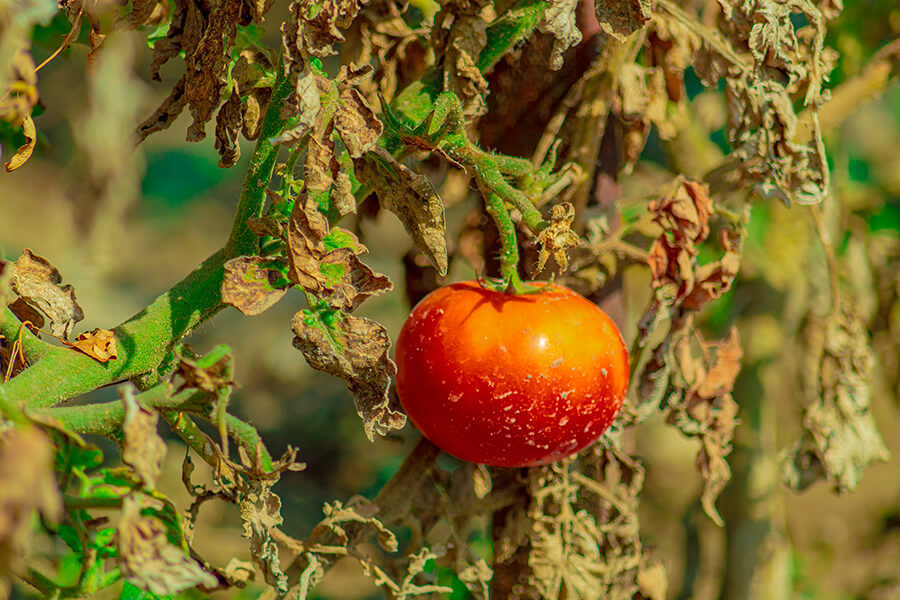
We are already hearing reports about milk shortages this year. Last year’s heatwave shrunk the milk yield by 15%. The same was the case with the poultry sector. We’re seeing a similar story unfold this time too. Chicken prices have fallen by 50% since farmers are selling the birds at a go, fearing that excessive heat may result in their deaths.
In India, wheat is a winter crop harvested in April. This year too there were climatic disturbances in the weeks leading up to the harvest. There were fears that last March’s heatwave would recur, starting in February. India saw its hottest February since 1877 with daytime temperatures touching nearly 30°C. Instead, Punjab and Haryana saw unseasonal rains. Wheat crops were damaged. There is a chance that wheat output could be impacted this time too given this double blow of heat and rain.
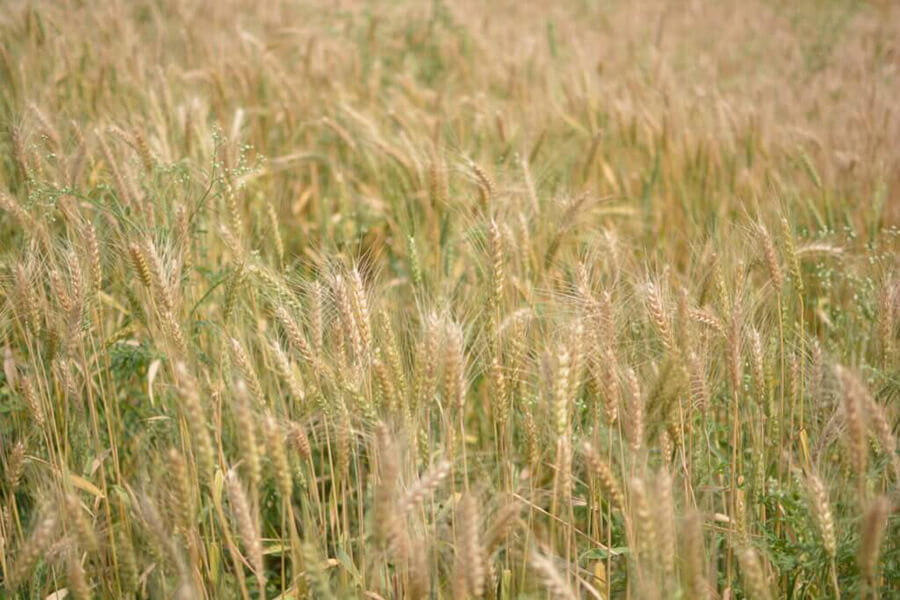
Governments in major wheat producing states have already assured farmers that they will be paid the full price even if the quality of wheat is inferior.
Indian summers are expected to get warmer, with more days of extreme heat in the coming years. Tackling climate change requires sustained efforts by governments to inform farmers about the technological innovations, such as drought-resistant varieties of seeds and other methods, available to minimise the impact of heatwave conditions. Better weather forecasting and advisory services to farmers are also on the list of recommendations made by the ICAR to help farmers with extreme climate events such as heatwaves.
India No.1: The homeland of banana produces an incredible variety of the fruit
Posted on April 11th, 2023
If there is one fruit that is most grown and eaten year-round in India, it is the humble banana. India’s festivals, feasts and religious rituals are incomplete without the banana.
The banana plant is actually a giant herb, in fact, the biggest herb. It is part of the plant order called the Zingiberales that includes spices like ginger and turmeric. Before humans began cultivating it, bananas grew wildly in the region stretching from India to Myanmar.
Great diversity
Being the home of the fruit, even today India produces the greatest variety ranging from the cavendish and robusta varieties that you find most commonly in the markets to poovan, nendran, rasthali, red banana and yelakki. More than 670 types of bananas, cultivated and wild, grow in the country.
While mangoes get all the attention, India produces and consumes bananas more. India produces a fourth of all the bananas grown in the world. Yes, that is right. India is literally the Top Banana! It grew close to 35 million tonnes in 2022, against a global production of about 125-130 million tonnes.
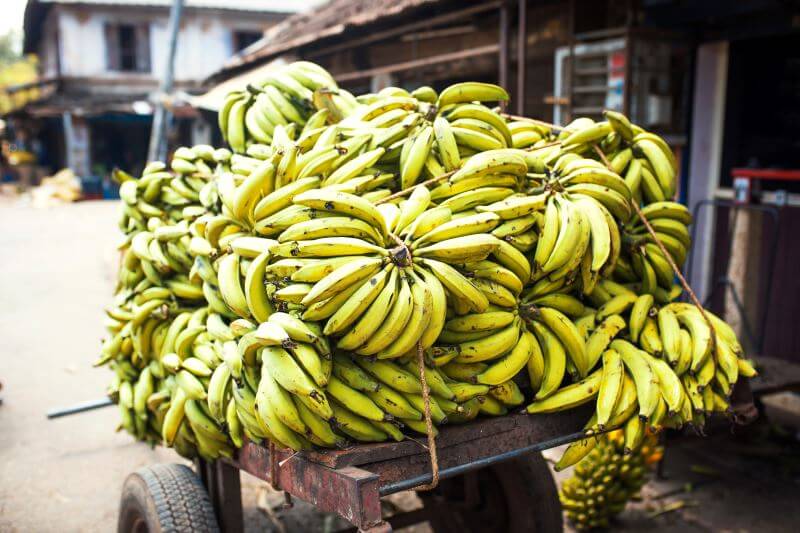
Multitaskers
Bananas are easily available at every street corner. Besides being eaten as a fruit, they are used extensively in cooking. Think of the wide varieties of desserts such as jams, jellies, halwas, savouries ranging from chips and fried snacks to other food preparations in which parts of the banana fruit, flower and stem are used.
India’s top banana growing states are Andhra Pradesh, Maharashtra, Gujarat, Karnataka and Tamil Nadu, which together account for more than 65% of the output.
Seeking exports
According to Dan Koeppel who wrote the book Banana: The Fate of the Fruit That Changed the World, the West’s first taste of banana was thanks to Alexander the Great, who brought them back with him in 327 BC while returning from his conquests.
India maybe the largest producer, but when it comes to exports, it is an insignificant player. The US, EU and Japan are the world’s biggest importers of bananas. And they are supplied by Latin American and Caribbean countries such as Ecuador, Honduras Costa Rica and Guatemala.
India has much catching-up to do in this area given its large production as well as the endless love for it.





